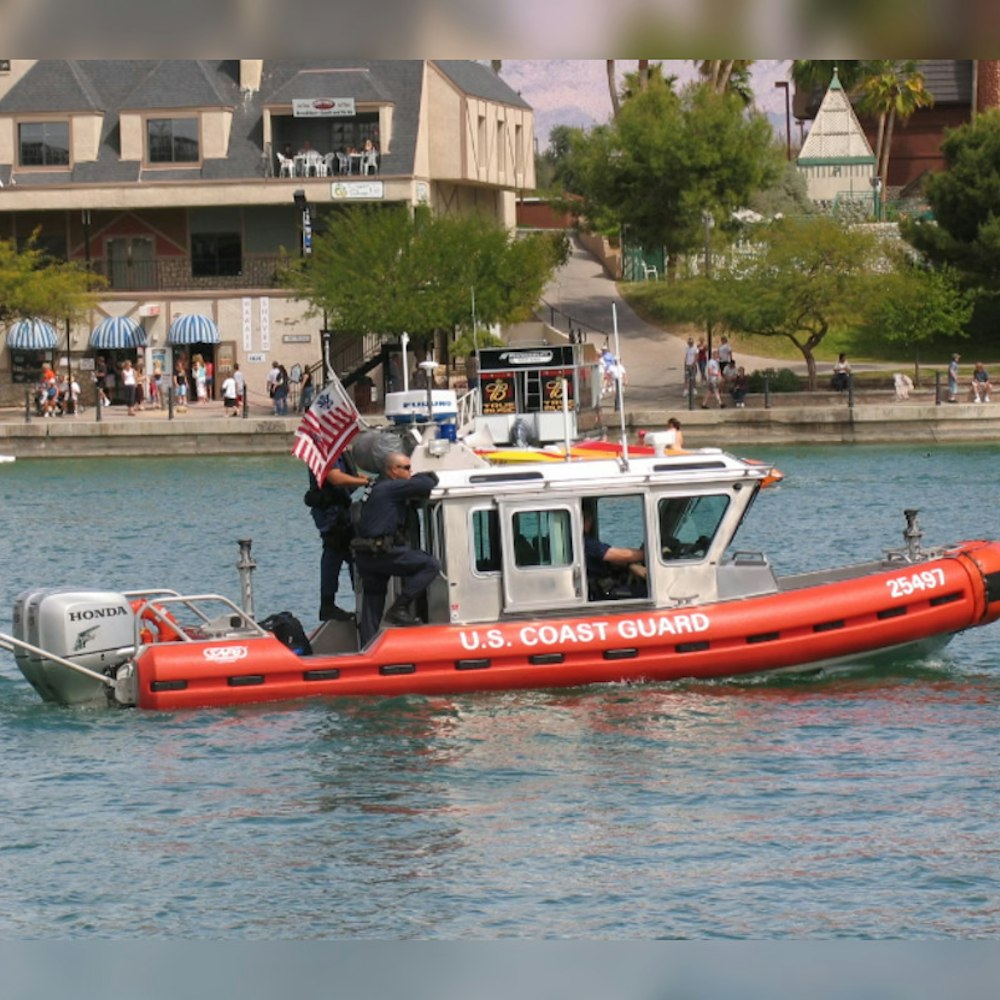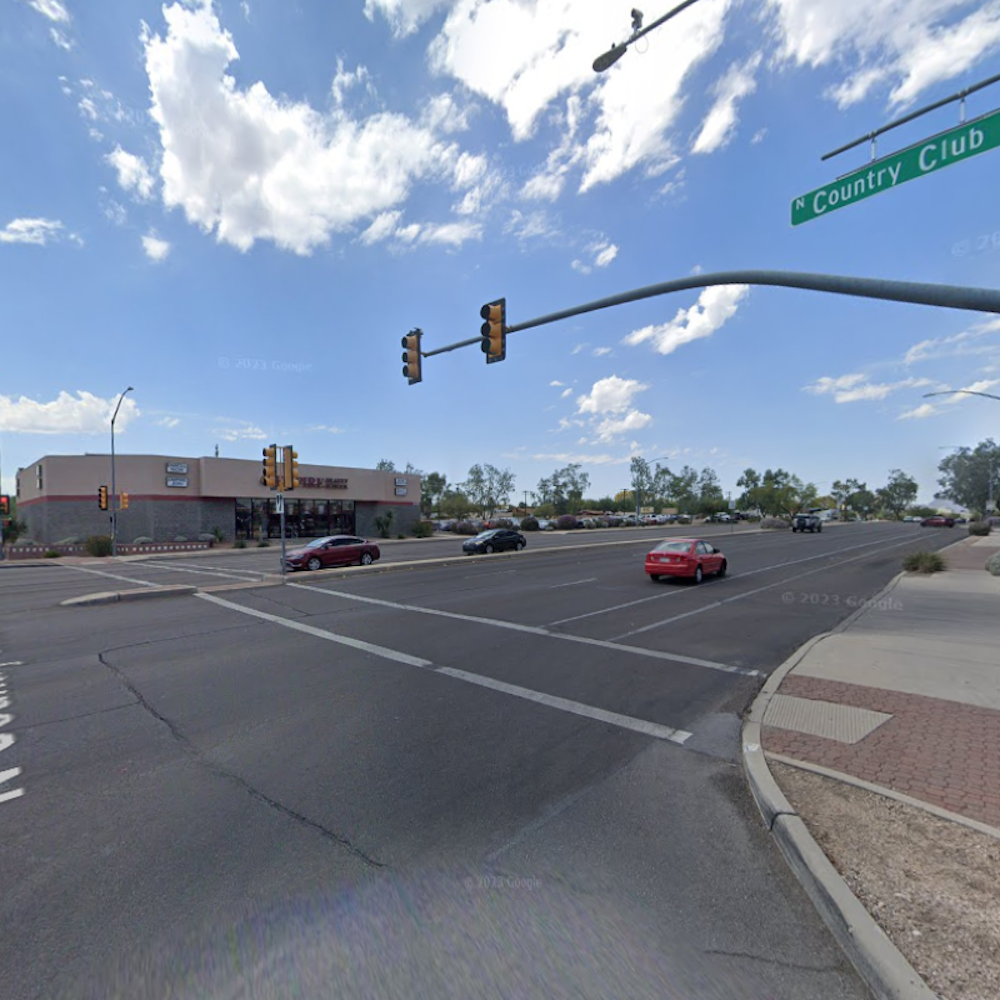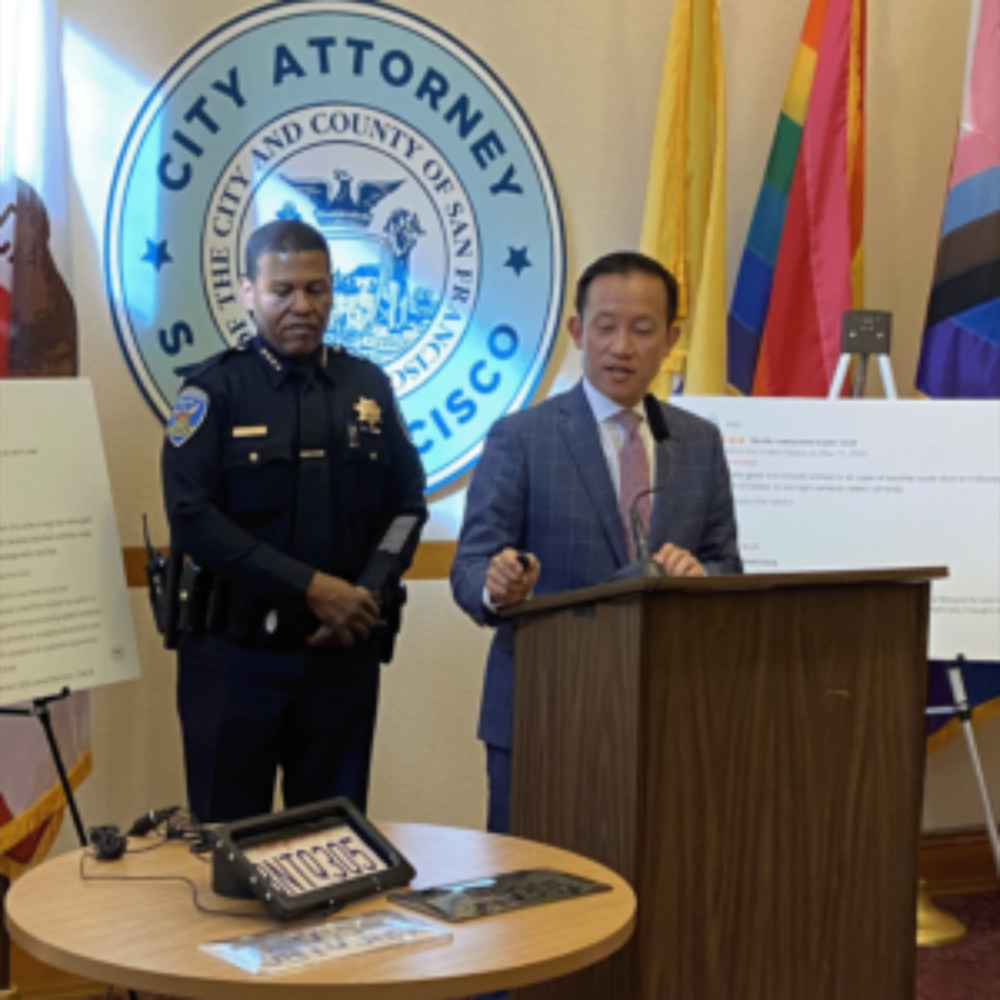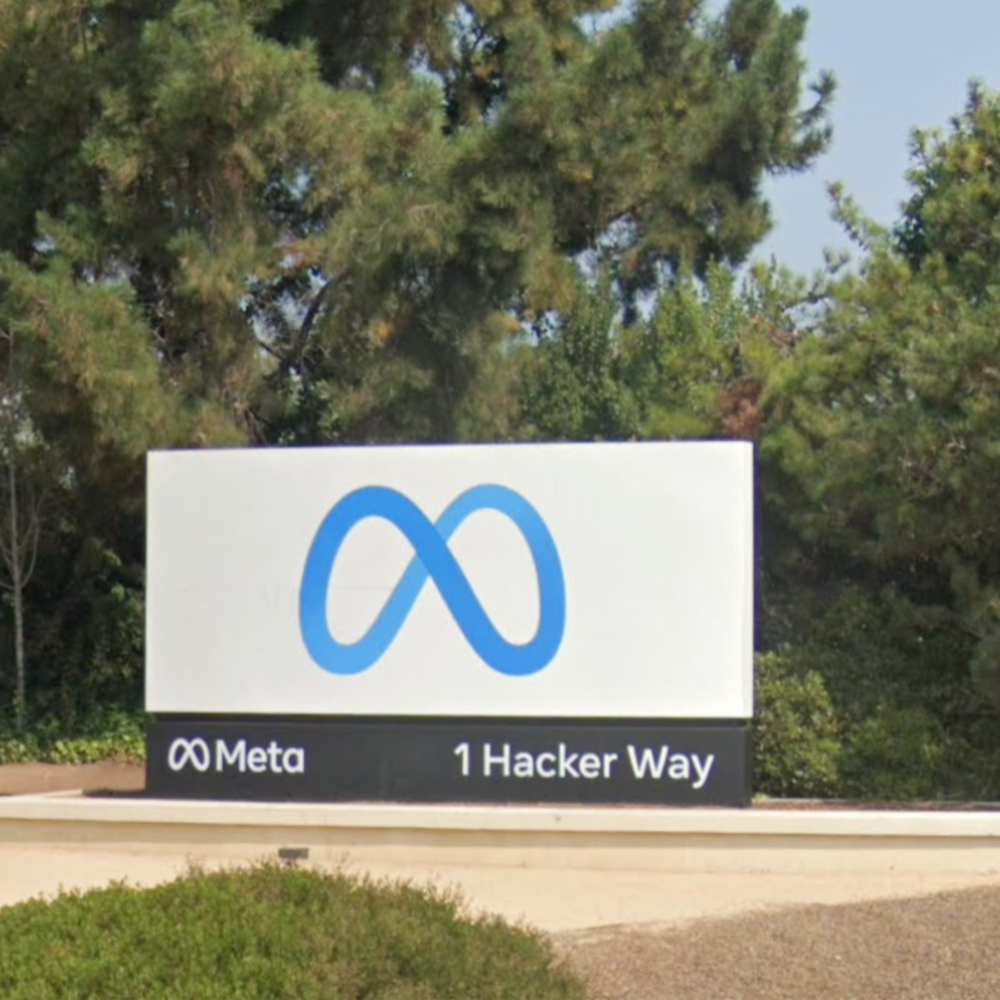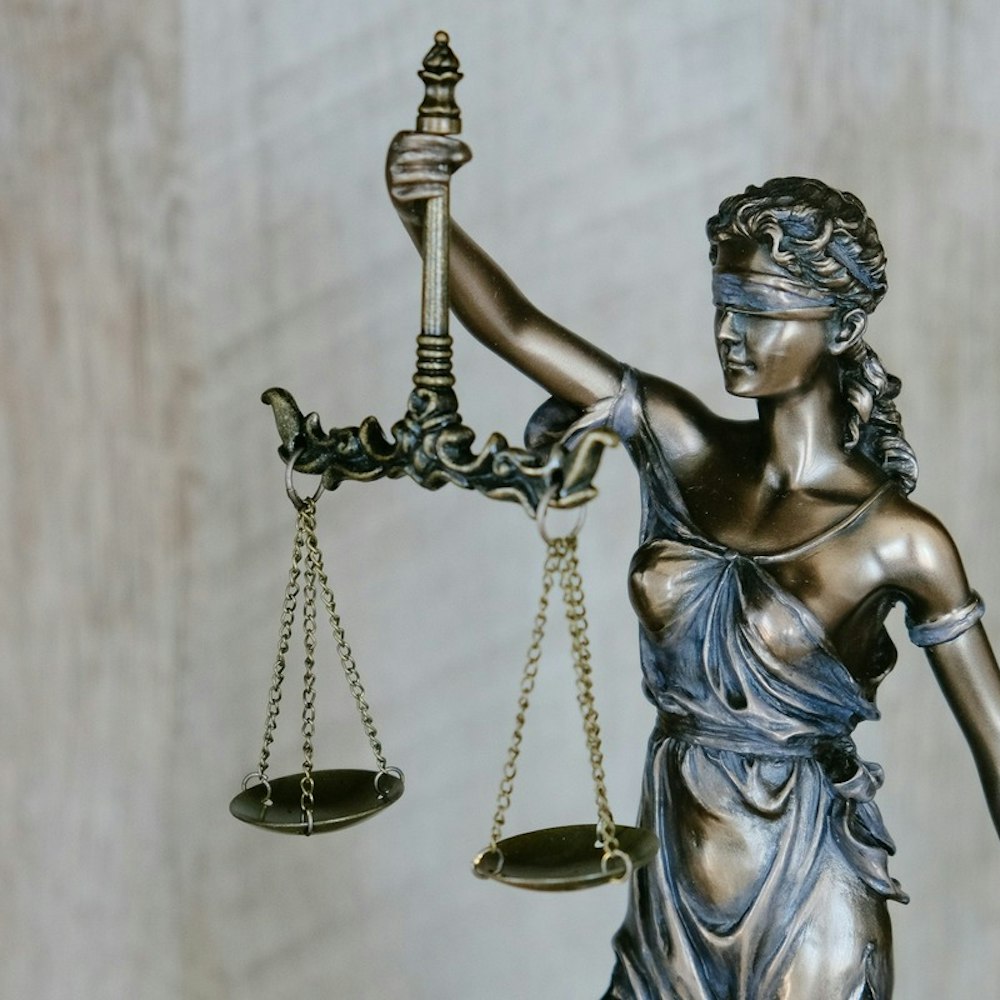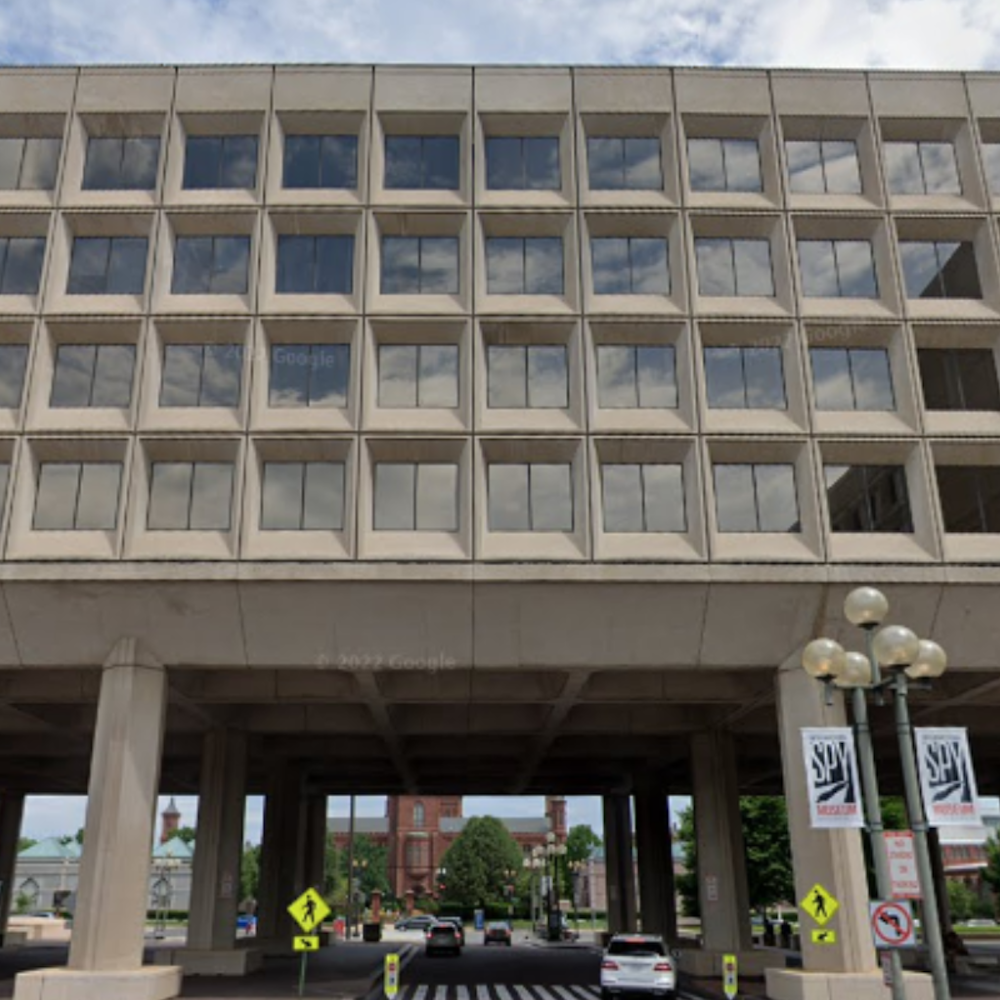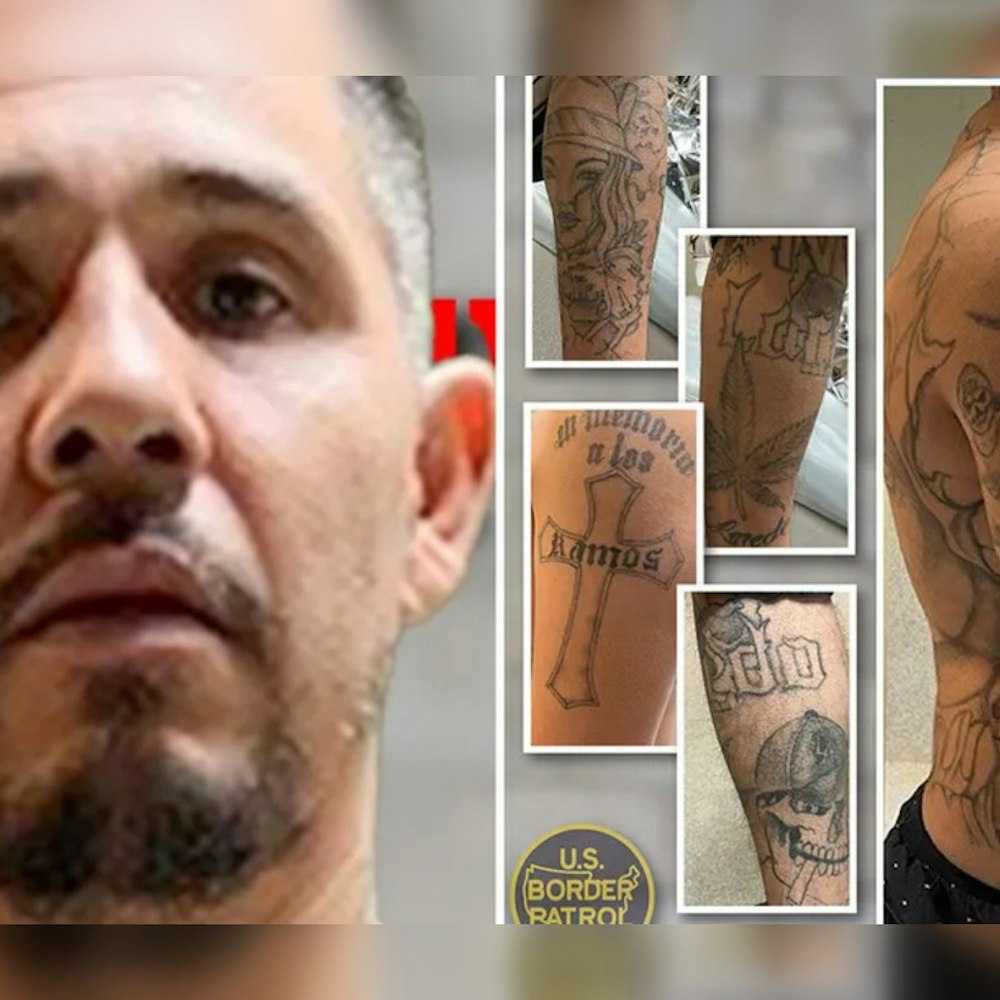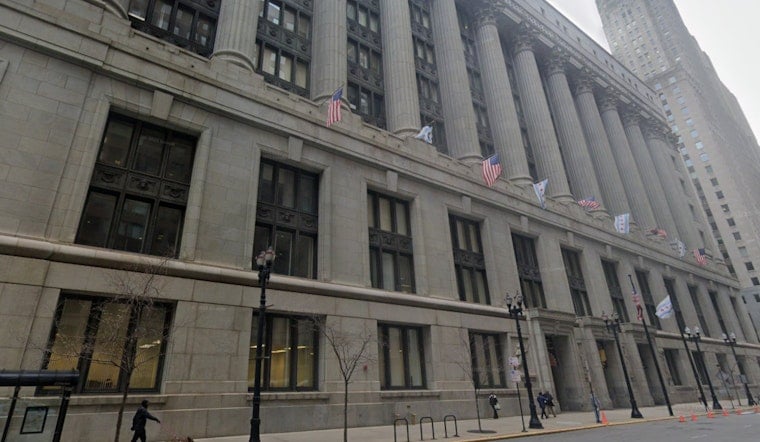
CHICAGO — The City of Chicago is gearing up to bridge the divide on its West Side, thanks to a $2 million boost from Uncle Sam. The U.S. Department of Transportation has handed out a federal grant to stitch back together communities shredded by the Eisenhower Expressway. This cash injection is part of a broader move to reevaluate the scars left by urban transportation grids, particularly those that have served to segregate rather than to unite.
In a statement obtained by the City of Chicago, Mayor Brandon Johnson lamented the 1950 destructive impact of I-290 on the city's fabric. "The construction of I-290 in the 1950s destroyed homes and businesses, segregating our city and displacing entire communities," Johnson said. Designed to mend fences and improve mobility, the government's Reconnecting Communities Program, a legacy of President Joe Biden's Bipartisan Infrastructure Law, will fuel these efforts.
Senator Dick Durbin praised the initiative, highlighting the need for infrastructure investment that promotes unity. "By prioritizing investments in infrastructure that reconnects rather than divides, we are laying the foundation for a brighter future where every resident of the West Side can thrive," said Durbin in sentiments echoed across the political spectrum.
Tasked with reversing historical wrongs, the funding will bolster the ongoing renovation and modernization of the I-290 highway and Blue Line transit corridor. Governor JB Pritzker, who experienced unprecedented community displacement due to the construction and maintenance of the Eisenhower Expressway, welcomed the collaboration with the federal government. "By prioritizing this funding, decades-old barriers are being removed and communities are being restored," Pritzker told the City of Chicago.
With the West Side historically split asunder by the vast chasm of I-290, the grant aims to weave new ties between the neighborhoods it once cleaved apart. It was in the 1950s when this expressway sent more than 13,000 residences, 400 businesses, and the green expanse of a historic park into oblivion's maw. The efforts seek to turn back the clock on these decades of disconnection, fostering economic opportunity and improving the quality of living for the communities in question.
Chicago's drive towards reconnection involves updating streets and paths for cyclists and pedestrians, along with the environment-friendly touch of landscaping. The goal is to not only patch the physical breaches but to sow the seeds for safer, more inclusive neighborhoods.
